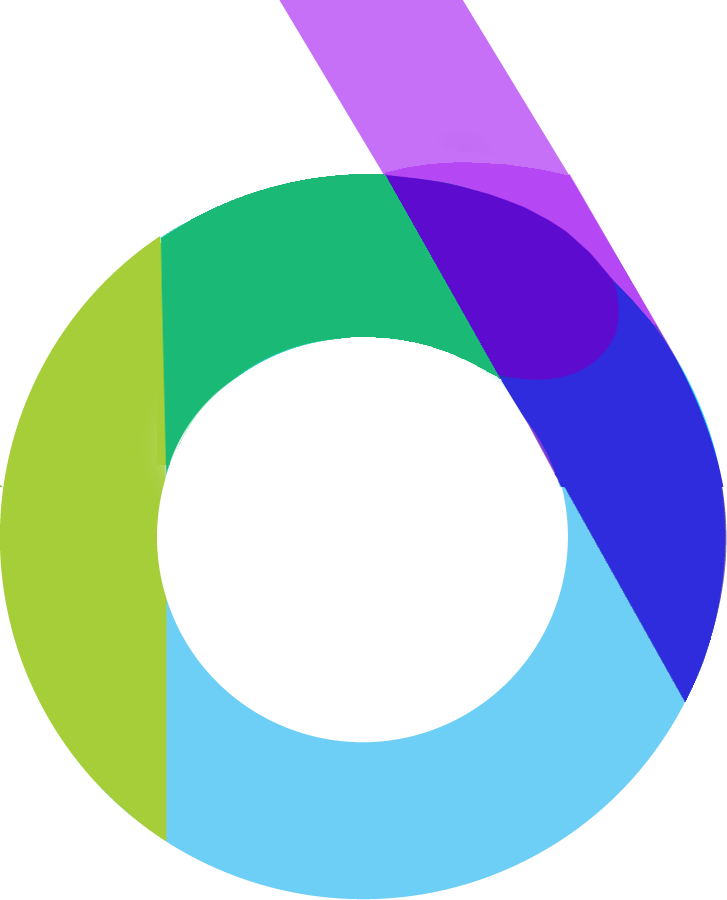blog

Posted On Tuesday, January 23, 2024
Author: Donna Watson (Technical Support Administrator)
Ahoy, tech enthusiasts and design aficionados! Buckle up for a rollercoaster ride through the transformative landscape of Growth Design. In this article, we'll embark on a thrilling journey exploring the exciting shift from a user-first to a business-first approach, all set against the backdrop of the turbulent tech waves of 2023.
Picture this: 2023, not exactly the most promising year for tech enthusiasts. With the ominous shadow of recession looming, the tech industry faced a storm of mass layoffs, a domino effect hitting one company after another. Over 240,000 jobs were lost, and the atmosphere was charged with uncertainty.
In the face of this tempest, a paradigm shift occurred. The tech industry pivoted from a growth mindset to a focus on efficiency, profitability, and measurable metrics. Amidst this tumult, a massive wave rolled in, heralding a transition from the familiar user-first approach to an uncharted territory – a business-first mindset. As UX practitioners, are we ready to navigate this uncharted sea, or should we batten down the hatches for the wild ride ahead?
In the ever-evolving landscape of 2023, businesses began honing in on product, design, and innovation to ensure measurable returns and quick growth with minimal resources. The once spacious room for envisioning the best possible future through traditional UX design methods was shrinking. As Kate Syuma, the former Head of Growth Design at Miro, aptly puts it, "I’m afraid we don’t have this luxury in 2023."
User-centric design, once the guiding star, became a fading constellation. The State of UX in 2024 urged designers to embrace the business language, connecting the dots between designs and their impact on business outcomes. Yet, embracing business thinking posed its own challenges, leading to a clash of worlds between the design and business realms.
Enter the clash of worlds – the clash between business and design. The narrative often painted business as the villain and design as the hero during my time in boot camp. Business was portrayed as greedily obsessed with money, while designers emerged as saviors dedicated to solving users' problems. This stereotype fostered bias, creating resistance and contradiction when business-related discussions surfaced.
The process itself contributed to the disconnection. Design work often leaned operational, while strategic aspects fell under the purview of business and marketing teams. The result? A severed bridge between strategy and operation, leaving designers clueless about the business impact of their creations.
But fear not, intrepid designers! To navigate this uncharted sea, we need to connect the dots between design and business, understanding where we stand first. Design challenges, like real-life scenarios, unveil patterns in our reactions. The challenge may be quick and short, but our user-centric approach persists. We zoom in on users, conduct competitor research, brainstorm ideas, and bring them to life in the design phase.
However, when the design is done, the communication gap emerges. Designers delve into jargon like user-centric design, readability for the elderly, and the theory of social proof. Alas, the gap widens as business professionals struggle to grasp the inherent value within these design principles.
So, how do we bridge this gap and integrate business thinking into our design process? Let's embark on a quest to understand the connection between our design and business context.
As you embark on this exciting journey into Growth Design, remember that stepping into the realm of numbers and business may seem daunting. But fear not, for this is your first step in bridging the gap between your creative prowess and business dreams. Cheers to new beginnings, and here's to sailing into uncharted waters with the wind of growth at your back! 🚀
Ready to dive deeper into discussions about growth design and business? Let's connect on LinkedIn – looking forward to continuing this journey together! 🌐